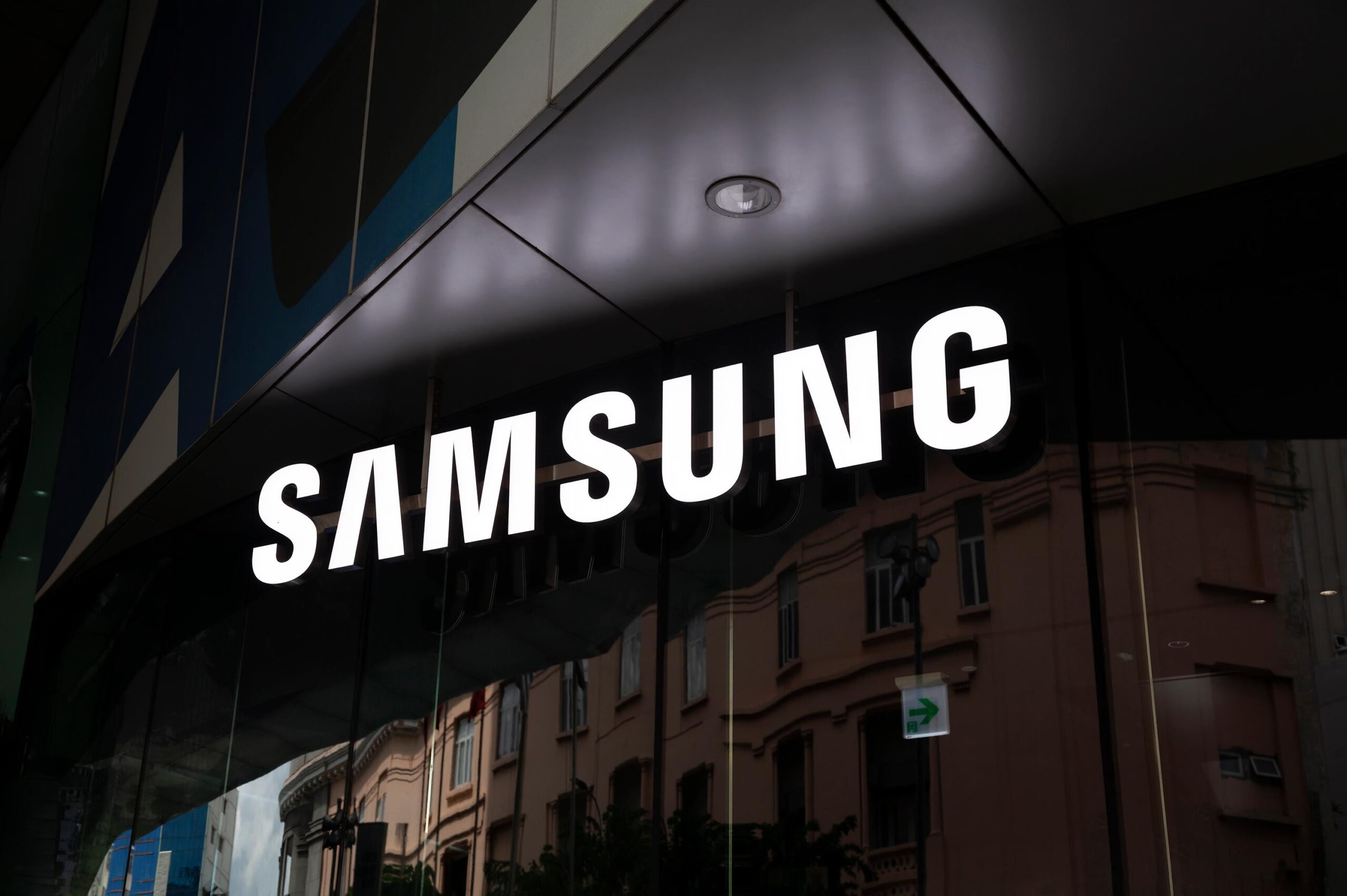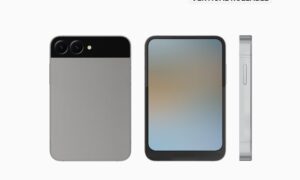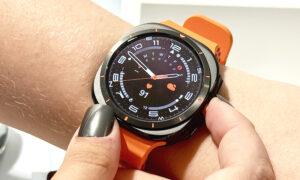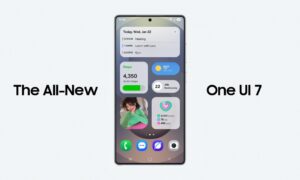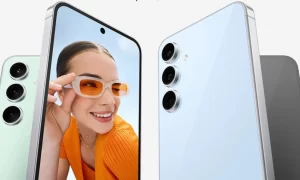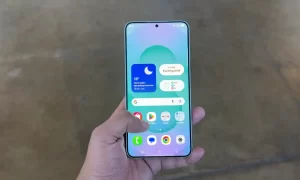Samsung chooses not to chase after bigger camera sensors for its Galaxy S Ultra phones. They steer clear of adding large, thick camera sensors like the HP9 for the telephoto lens, as noted by tech insider IceUniverse.
The ISOCELL HP9 sensor boasts impressive performance and high resolution. However, using it would disrupt the sleek look that Samsung aims for with its S Ultra series. IceUniverse pointed out that this sensor is thicker than the entire S25 Ultra phone. Adding such a sensor would mean changing the phone’s design to make it thicker, which doesn’t align with Samsung’s goal of keeping their phones both beautiful and powerful.
Another factor is that Chinese flagship phones don’t sell as well as Samsung’s Galaxy S Ultra. Even when all the major Chinese brands combine their sales, they don’t match what Samsung sells each year. Samsung’s commitment to thinness was recently shown with its new ALoP camera technology. This tech helps improve how the camera performs without needing a larger sensor.
Galaxy S25 Ultra
Samsung’s latest Galaxy S25 Ultra is only 8.2mm thick, even with its professional-grade camera setup. It includes a 200-megapixel main camera, a 50-megapixel ultrawide, a 50-megapixel periscope, and a 10-megapixel telephoto camera.
The S25 Ultra uses a fresh approach for its ultrawide camera while keeping the other sensors the same as in the S24 Ultra. Enhancements come from new chip technology, smarter algorithms, and AI, improving the phone’s capabilities without adding bulk.
I understand your thoughts, but those Ultra models with big lens bulges have great cameras, but they don’t have high sales. They are muscle-showing products, not main models, and the sales of all other brands’ Ultra models combined cannot reach the sales of S24 Ultra (16.82… https://t.co/zDQFKSHWSy
— ICE UNIVERSE (@UniverseIce) February 3, 2025

